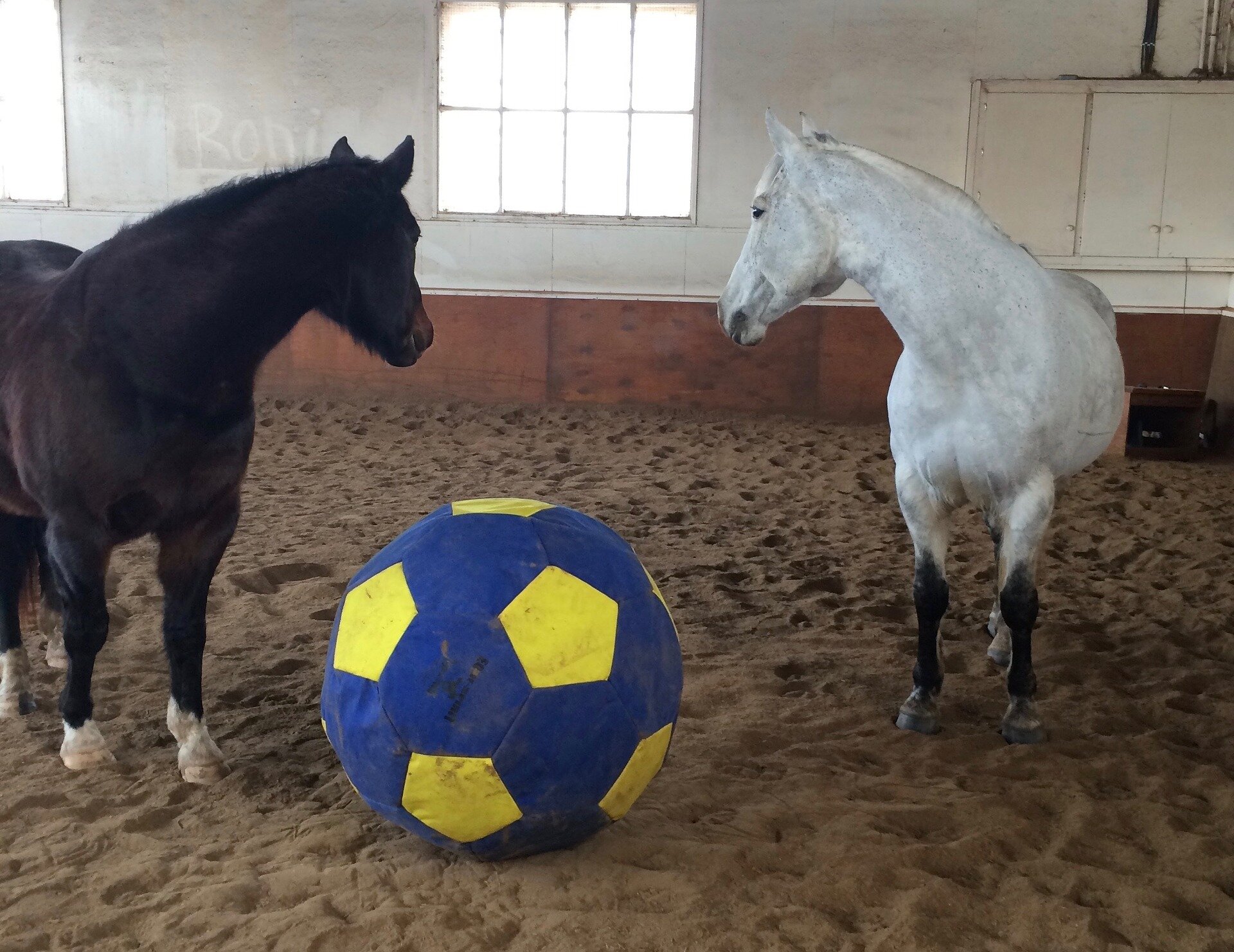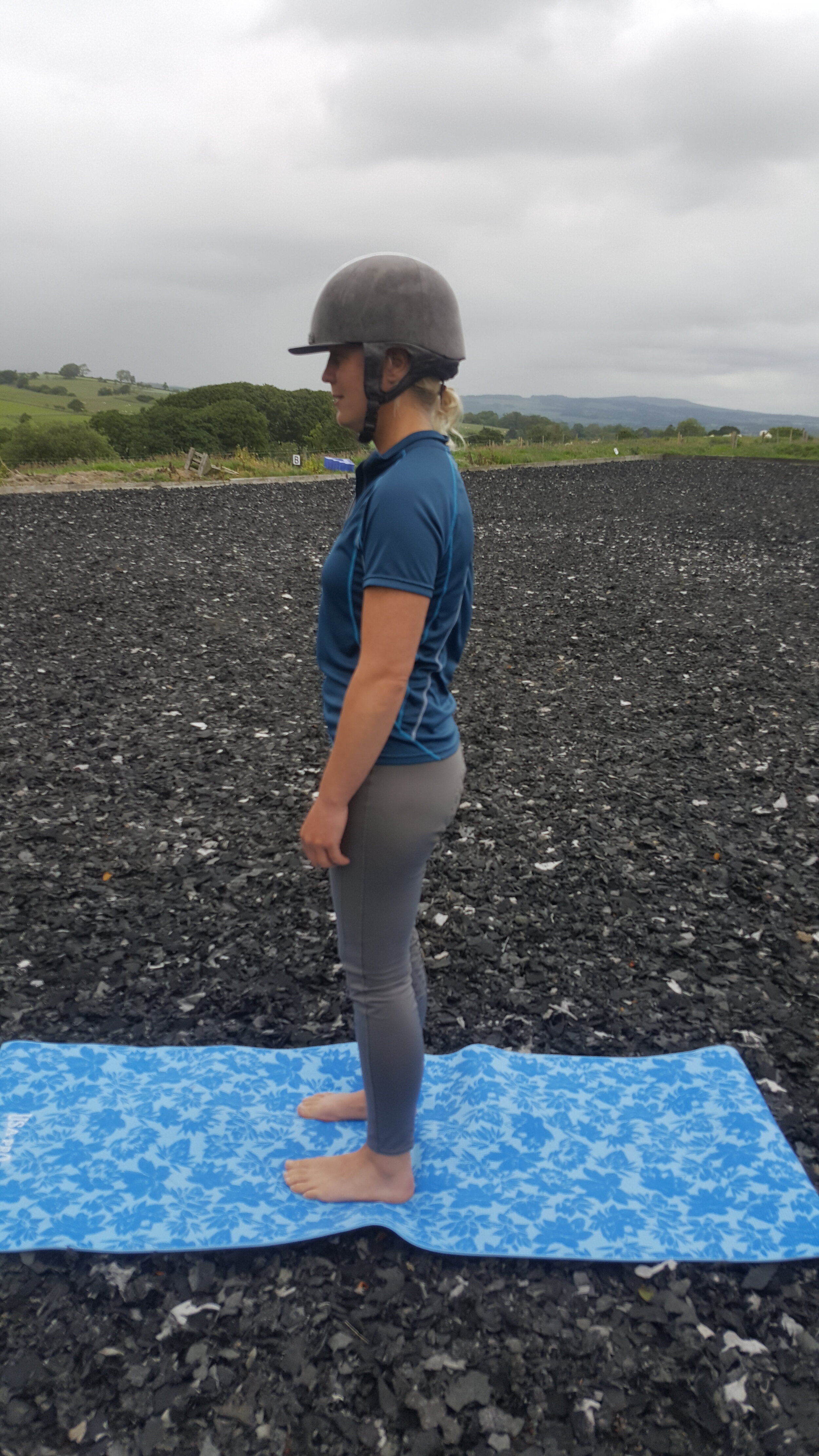Movement restoration vs rehabilitation
Riding should enhance the horse’s movement, not destroy it - Charles de Knuffy
Rehabilitation - the action of restoring something that has been damaged to its former condition, there are recognised traditional stages of a rehabilitation plan.
Restoration - the act of restoring or the condition of being restored, bringing back to a former position or condition.
Words can be misleading and their meaning to you the individual may be different to another person’s understanding of the same statement.
Rehabilitation is defined I feel in some people’s mind’s as an extensive specific workload over a certain time frame. Could we strive to enhance the horse’s movement and longevity all the time?
A horse may have a sudden injury and there is no doubt about the series of events that lead to the injury. During the process of therapy and then “rehabilitation” often other weaknesses come to light. In today’s throwaway society many horse’s careers end far too early as the holistic development of their body was unobtainable because of the speed or techniques used in their training.
To develop a body strong enough to adapt to the demands riding brings. The entire body needs addressing quick results are building fake strength to the detriment of the horse. In these cases only parts of the body are being used and overworked and it is only potentially a matter of time before the horse has problems as we have denied other areas the chance of development.
A human athlete may have an injury and cannot compete in a major competition. This is not uncommon for an elite athlete who has dedicated years of their life and had the world’s best coaches, dieticians, medical care and therapists. Many people understand the work, time, dedication and determination that encompasses an athlete’s life.
Coaches map out developmental plans with strict attention to detail and monitoring regarding how the individual athlete adapts to his or her training. The horse is also an athlete; they are not designed to be ridden and if attention to detail is not taken and time they breakdown relatively easily. Orthopaedic surgeries continue to rise alongside the need in many horse’s cases for regular joint injections.
The injured horse vs the incorrectly trained horse, should there really be a divide in how these horses are ridden? They both for all intents and purposes need rehabilitating. I meet many horses that have been ridden into crooked frames, this is a complex problem which requires mindful riding to unravel.
I realise this comes as a frustration to some owners who struggle to understand just how close to the point of injury their horses are. How being crooked means the horse’s entire body has had to adapt not solely the visual areas that are noted. Some riders attempt to place and hold a crooked horse into a straight frame. Positioning into a set position where the horse has little proprioception or strength. The rider often fatigues and the horse reverts to where it’s used to functioning, the movements its brain recognises.
In the attempt to place the horse where the rider believes it should be, this results in an entire area of the body being missed out by moving from one frame to another. Thus replacing one set of problems with another as the horse has to naturally develop all of its body to be able to move straight. Coaxing all areas of the body back to being recruited, joining up the dots of all movement connections is what’s needed, regaining the use of all the body and this takes time as changes need to be gradual. As you are developing the body and the brain.
For example, if you break a limb, when the cast is removed the leg is often weak and so is the connection to the limb. The crooked horse has little connection when placed straight as the frame is alien to them. Similar to the feeling when you come out of a cast, there is also a strength, balance, flexibility, mobility and stability deficit in that frame.
Rider standing with body aligned
All movements are mapped and recognised in your brain, often when a correction is executed by a rider it feels strange as your body isn’t used to being in that position and can’t maintain it. It takes time to establish those neural pathways.
I believe as riders, and I will discuss this further in future blog’s. That there is so much we can do to develop ourselves on the ground and be more prepared for the saddle. To help our horses as if you sit on a horse, you are asking them to be an athlete.




